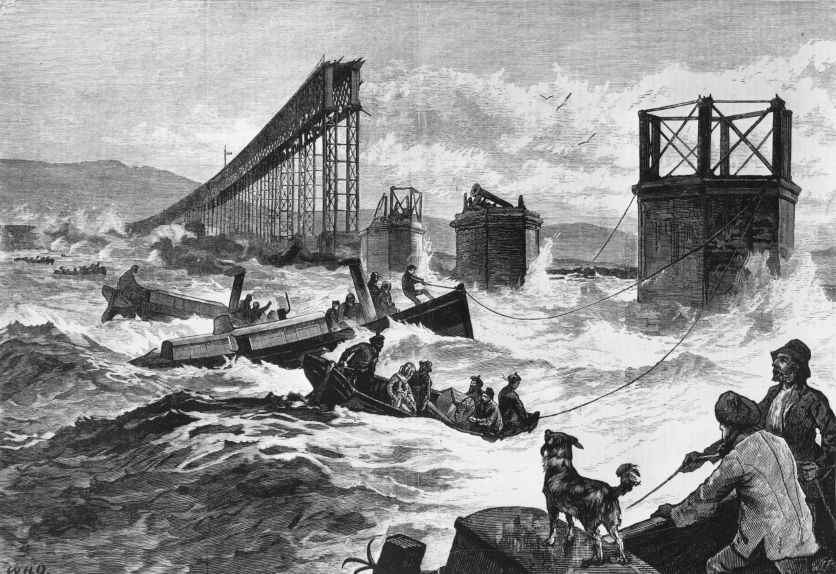January 1880: The aftermath of the Tay Bridge Disaster

Mention the Tay Bridge disaster today and the result is likely to be a smirk: its strongest association is famously the worst poem, by the worst poet, published in English. Written — perpetrated might be a better word — by William Topaz McGonnagall, it begins:
“Beautiful railway bridge of the silv’ry Tay
Alas! I am very sorry to say
That ninety lives have been taken away
On the last sabbath day of 1879
Which shall be remembered for a very long time.”
and goes sharply downhill from there.
So far, so amusing: bring out the comedy Scottish accent and get orating. But a look back into the Engineer archives will quickly banish the smiles. The disaster was horrible and unprecedented: at the height of the Victorian age of heroic engineering, in the crucible of the industrial revolution and the homeland of the steam railway, a showpiece of engineering collapsed while a train was crossing it. Nobody survived; there were sixty known victims, but only 46 bodies were ever recovered. It’s now believed that as many as 75 people died (McGonnagall’s fact-checking was a bad as his poetry).
Register now to continue reading
Thanks for visiting The Engineer. You’ve now reached your monthly limit of premium content. Register for free to unlock unlimited access to all of our premium content, as well as the latest technology news, industry opinion and special reports.
Benefits of registering
-
In-depth insights and coverage of key emerging trends
-
Unrestricted access to special reports throughout the year
-
Daily technology news delivered straight to your inbox










Water Sector Talent Exodus Could Cripple The Sector
Maybe if things are essential for the running of a country and we want to pay a fair price we should be running these utilities on a not for profit...